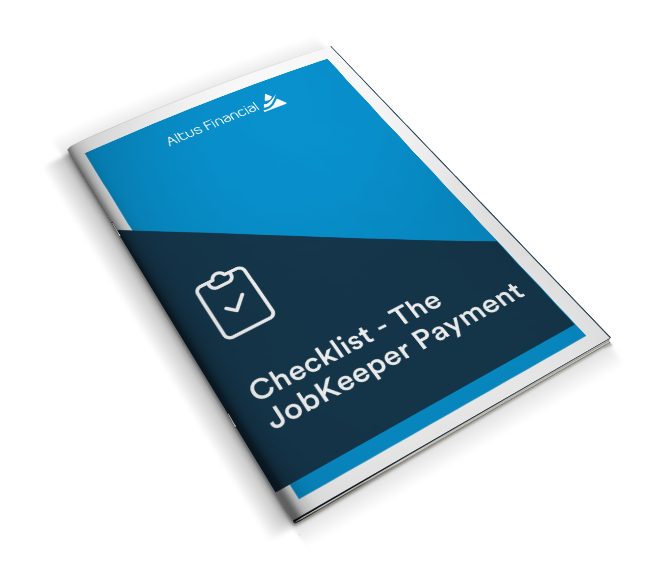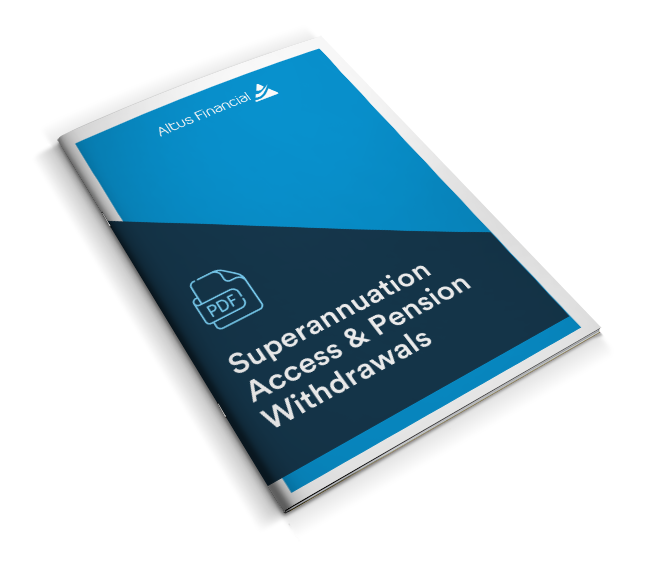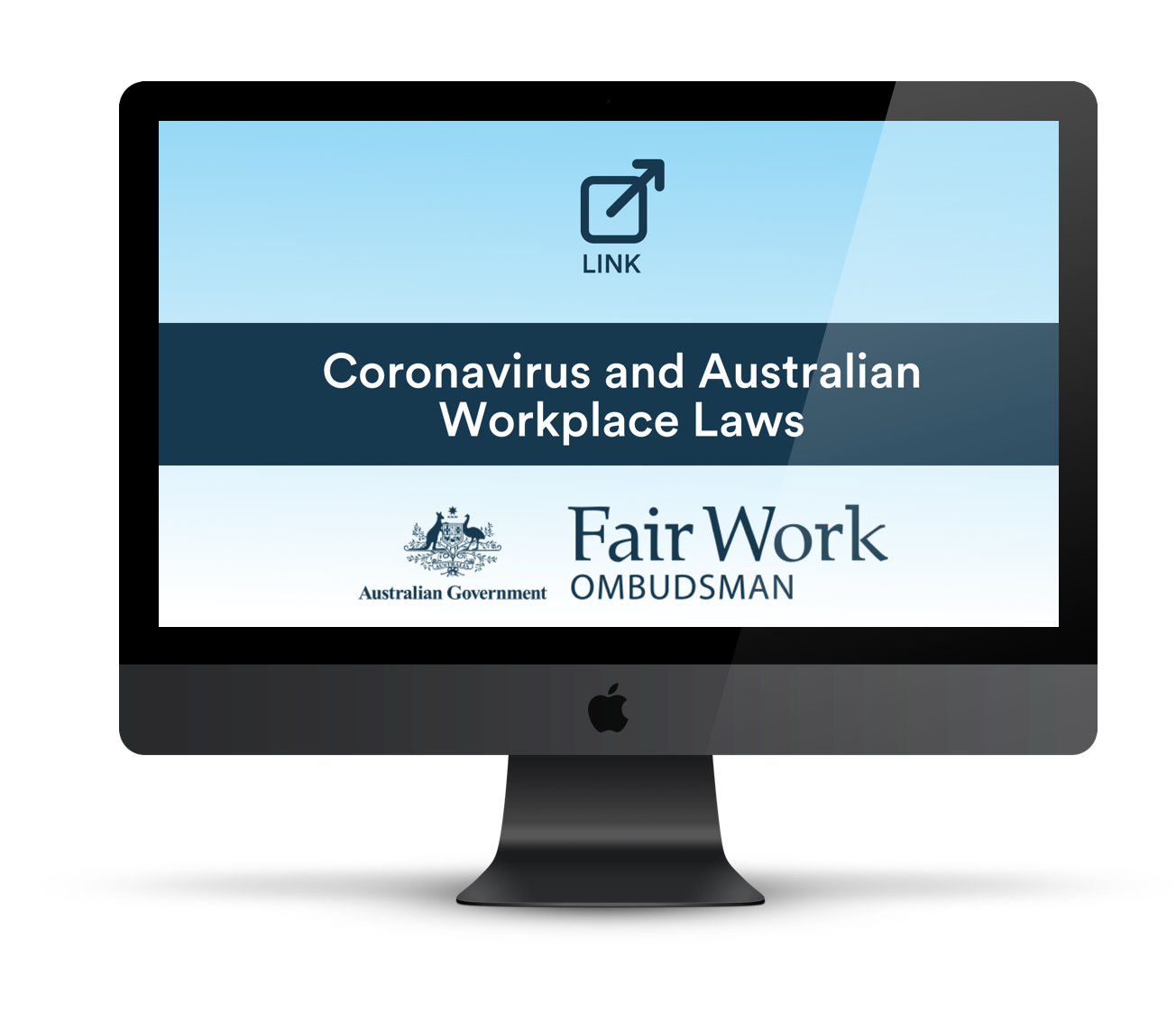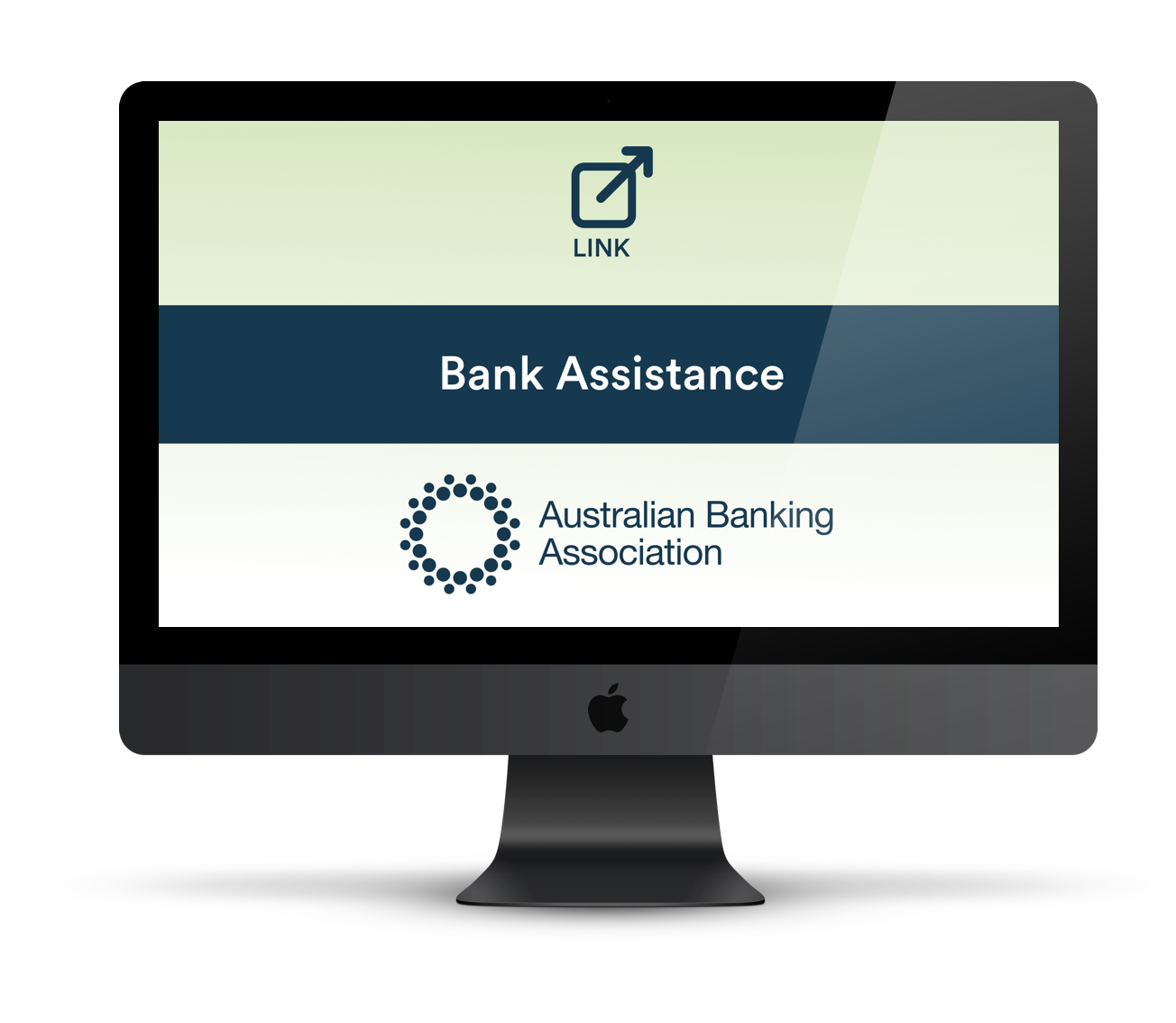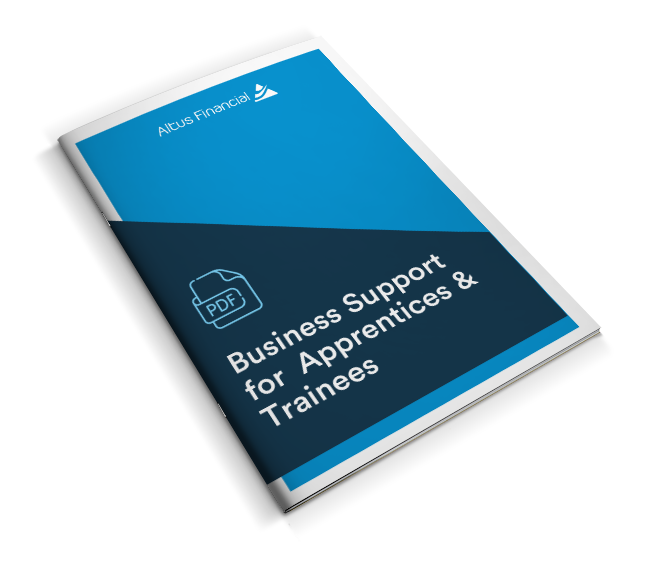However, what will this post-pandemic environment look like, and how can companies begin to rebuild their operations while maintaining the safety of their workforce and customers?
Let’s look at some of the key things businesses should consider while adapting to the “Next Normal”.
The 3-Stage Plan
First, let’s review Morrison Government’s 3-Stage Plan. Announced on the 8th of May, Scott Morrison unveiled a three-stage plan to unwinding COVID-19 restrictions on individuals and businesses, including in stage one:
- Allowing up to five visitors to your home
- Allowing gatherings up to 10 outside of the home
- Allowing restaurants and cafes to reopen with limited capacity
- Reopening libraries and community centres with limited capacity
This first relaxation of restrictions is touted to provide a $3 billion boost to the Australian economy each month and will see scores of hospitality and retail staff resume work.
Stage two of the plan, which will allow larger gatherings and the reopening of gyms and cinemas, will provide another $3 billion injection and restore 275,000 jobs. Stage three, which allows the resumption of interstate travel, will provide a further $3.3 billion and the restoration of 325,000 jobs.
All of this could be in place by July.
It’s worth noting that the States will have the final say on which of these measures are implemented in their jurisdictions, with Gladys Berejiklian already proposing a more cautious reopening in NSW.
Nonetheless, all of these measures are a positive reflection of Australia’s relatively fortunate position so far in the global coronavirus crisis.
Safety and Compliance in the Workplace
During stage one of the plan, businesses are still encouraged to offer remote working where possible. However, companies should prepare for the reopening of their physical workspaces in coming months, while ensuring the safety of their employees and compliance with government regulations.
For example, some businesses may consider a staggered return to the office. Others may consider a rostered approach, with employees dividing their time between home and the office/place of work. These measures will allow for social distancing requirements to be maintained while giving employees the chance to return to a sense of normalcy.
Each workplace may have a range of factors to consider here in ramping up a Covid safe workplace. Distancing requirements will count for a lot here and may influence use and design of office work spaces, furniture and safe use of any communal facilities.
Employers will need to take this issue seriously and be guided by their duty to provide a safe workplace for all employees.
The Future of Remote Working
For many businesses, the pivot to remote working due to the COVID-19 pandemic was a relatively easy transition. For others with limited experience in managing a remote workforce, it posed a significant challenge and accelerated IT adoption and human resource policies.
The question becomes; in a post-pandemic world, is a physical space necessary for all employees? How does this influence your desired business culture? And would your answers be different when you think about future employees without any established relationships with the rest of your team?
While considering whether to adopt a more robust remote work policy after the coronavirus crisis, ask yourself:
- Has productivity been impacted during this period?
- What is the feedback from our employees?
- Could downsizing commercial real estate allow us to invest in other areas?
- What other overheads could we avoid with fewer people in the office?
- Is our IT infrastructure capable of supporting a larger remote workforce?
- What are the business culture impacts?
The answers to these questions will shape a more flexible, modern and efficient workplace as we adapt to the Next Normal.
If you’d like to speak to an Altus Adviser about how you can best adapt to these new working conditions, get in touch with us today.
.svg)

.svg)
.svg)

.svg)
.svg)
